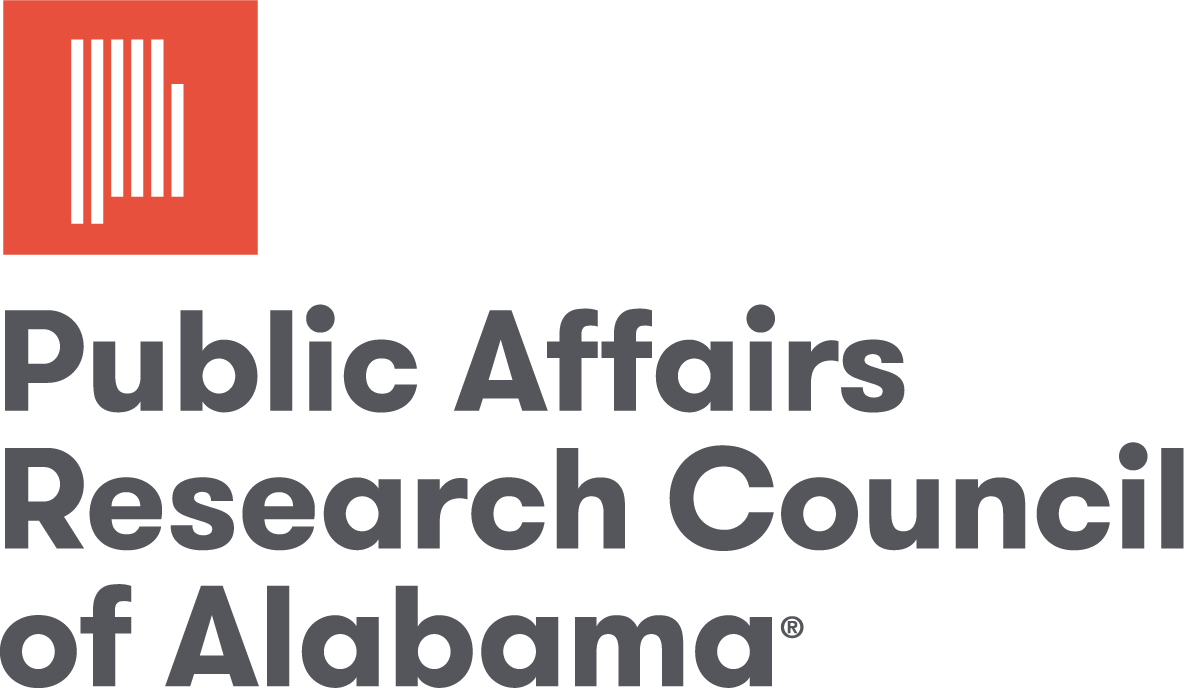Enrollment at Alabama colleges and universities was down slightly this fall, according to data released this month by the Alabama Commission on High Education. Full-time four-year college enrollment was up by 664 students, but two-year colleges saw an overall drop of 1,415 students, resulting in a net decline of 751 students.
Enrollment, particularly at community colleges, reacts to changes in the economy. When jobs are scarce, people tend to enroll at a higher rate. When jobs conditions improve, they return to the workforce, hopefully having acquired a higher level of skill. Other factors are at work too, said Alabama System Chancellor Mark Heinrich. In 2012, Congress made changes to Pell Grants, the federal program that helps low income students pay for college. Starting in the fall of 2012, a student faced a new limitation of 12 semesters for Pell Grants, down from a prior total of 18. The income threshold for qualifying for a full Pell Grant was also lowered.
The University of Alabama’s Education Policy Center has studied the effect of changes in the Pell Grant program, and it concluded the changes were having a negative impact on enrollment. According to the report, 63 percent of full-time two-year college students in Alabama received a Pell Grant in 2011. Heinrich also pointed out that the cost of tuition at Alabama Community Colleges, which is higher than in most other states, can be a barrier for students.
On the other hand, enrollment at four-year institutions continued to increase. By far, the largest enrollment growth has been at the University of Alabama, which has added 12,579 since 2003. With a full-time enrollment of 30,200 students this fall, UA has increased its enrollment 70 percent over the past 10 years.


